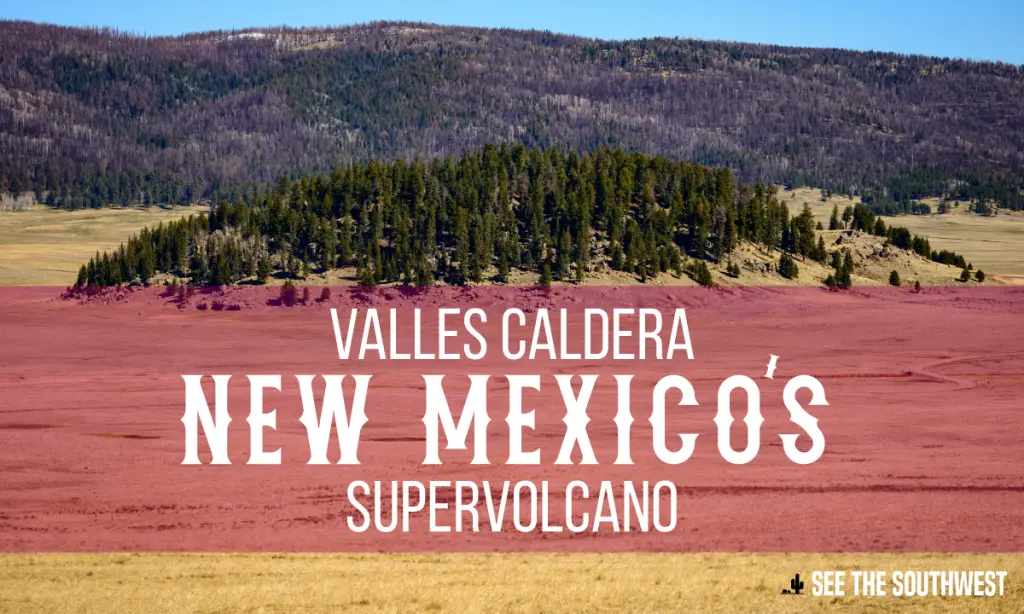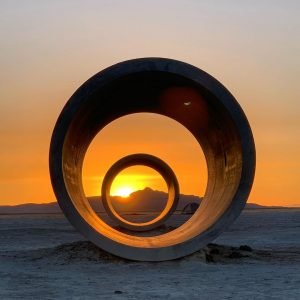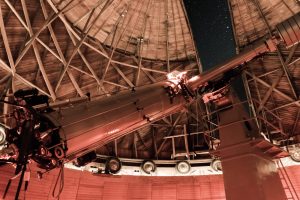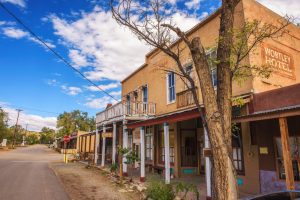
There are six known supervolcanoes on dry land, while some six more are located under the oceans. Three of these supervolcanoes are in the United States: Yellowstone in Wyoming, Long Valley in California, and Valles Caldera in New Mexico. A supervolcano is capable of producing a volcanic eruption with ejecta greater than 1,000 cubic kilometers (240 cubic miles), eruptions that are thousands of times larger than most historic volcanic eruptions. Supervolcanoes can occur when magma in the Earth rises into the crust from a hotspot but is unable to break through the crust. Pressure builds in a large and growing magma pool until the crust is unable to contain the pressure, causing a monumental explosion.
Located in the Jemez Volcanic Field, Valles Caldera is actually one of the smaller supervolcanoes — the caldera only measures 12 miles across as opposed to the Yellowstone caldera which is 45 miles wide and 31 miles long. It is the youngest of two calderas in the region. The second caldera collapsed an older one known as the Toledo caldera (which also might have collapsed over even older calderas.) It last exploded 1.2 million and 1.6 million years ago, piling up 150 cubic miles of rock and blasting ash as far away as Iowa … that’s roughly equivalent to 2,000 Mount St. Helen’s eruptions. Many of the formations in Bandelier National Monument were created by ash deposits from Valles Caldera.
Lava flows continued until around 60,000 years ago, building up mountains and huge obsidian flows. There are signs that there is still heat below the dormant supervolcano; hot springs and fumaroles flourish in the area. The cause of this supervolcano was probably the North American plate pulling apart in the area.
Supervolcanoes like Valles Caldera have been blamed for mass extinctions throughout Earth’s history, increased greenhouse gasses, and even a change in the circulation of the Earth’s oceanic currents; however, scientists aren’t really sure what causes these titanic explosions. The supervolcanoes have produced a combined several million cubic kilometers of lava — about three hundred times the volume of all the Great Lakes combined — dwarfing the volume of lava produced by the largest present-day volcanoes in places like Hawaii.
In 2000, the Valles Caldera Preservation Act created the Valles Caldera National Preserve. It is home to one of Mexico’s largest herd of elk and is one of the most studied supervolcanoes in the world.
Hotels, Motels and Lodging are available in nearby Los Alamos and Santa Fe.
18161 Highway 4 (physical address)
Jemez Springs, NM 87025
Phone: 505-661-3333
vog.aredlacsellav@ofni




